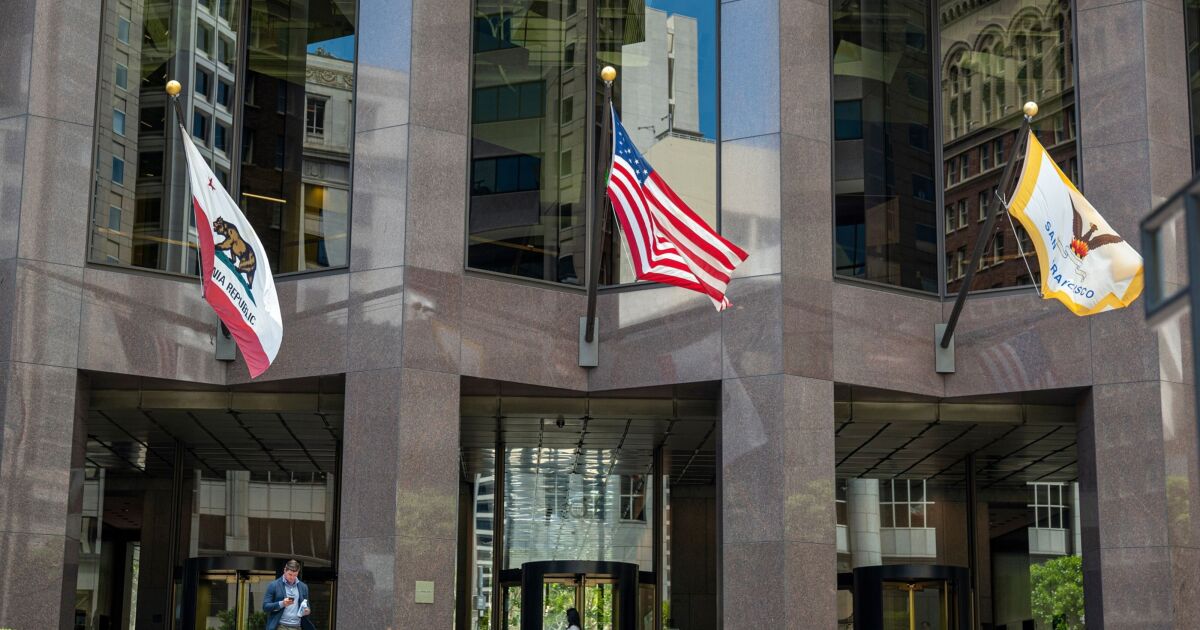
Nearly half of banks' office loans appear to be underwater, as high interest rates and post-COVID remote work trends continue stressing commercial property values,
Some 44.6% of the industry's office loans currently have balances that are larger than the property is worth, the paper's authors concluded, using local property price indices to estimate buildings' current values.
"It's a stunning number, but it's not unreasonable," said Tomasz Piskorski, a real estate finance professor at the Columbia Business School, who is one of the paper's authors. He pointed to the shifts at some companies in favor of allowing more employees to work from home.
The finding underlines the challenges facing the U.S. banking industry as it braces for losses on loans secured by office buildings.
The past week's drop in interest rates is sure to give borrowers a breather, and many stressed building owners should be able to work out payment options with their lenders to avoid worst-case scenarios.
Even so, Piskorski said, other office buildings are sitting mostly empty or are at risk of getting there as tenants' leases run out.
"If you have an office building that's 50% or 100% vacant — at that point, there's nothing to work out," Piskorsk said.
The paper,
Banks' commercial real estate loans and securitized commercial mortgages have historically exhibited similar trends, Piskorski and his co-authors wrote, pointing in part to their comparable levels of losses during the Great Recession.
The paper found that the commercial real estate sector as a whole is facing some pain, though not as much as the office sector specifically. Some 14.3% of all bank commercial real estate loans have negative equity, the authors estimated.
Kastle, a firm that tracks office-badge swipes, wrote in
In recent months,
Some banks have sold chunks of their office loans to minimize their risks. But any office loan sales generally come with steeply discounted prices, according to Sean Banerjee, CEO of the loan trading platform ORSNN.
Still, trends in some metro areas are significantly better than in other regions, which Banerjee described as a "positive signal" that the market is finding a new normal rather than showing broad stress.
"Should interest rates start to reverse as anticipated, the market could see a resurgence of interest in office CRE, albeit with a keen focus on the individual asset quality rather than a blanket market movement," Banerjee said in written comments.
Rates have fallen sharply over the past week, as the Federal Reserve moves closer to cutting interest rates. Markets are anticipating the first of several rate cuts next year to come in March, though Fed officials have pushed back a bit on those expectations early this week.
The level of interest rates is critical, since many property owners are set to refinance their loans in the next couple of years, Piskorski said. While Fed officials are aware of the pain that high rates are inflicting on the CRE market, they are also wary of declaring victory over inflation prematurely and cutting rates too aggressively, he noted.
Lower rates would make the "looming refinancing crisis much more manageable," Piskorski said. But if borrowing costs drop by only a little, and office property values remain low, the sector may be headed for greater pain.
"It is a serious issue," Piskorski said. "The banking sector has to work hard to address it."



